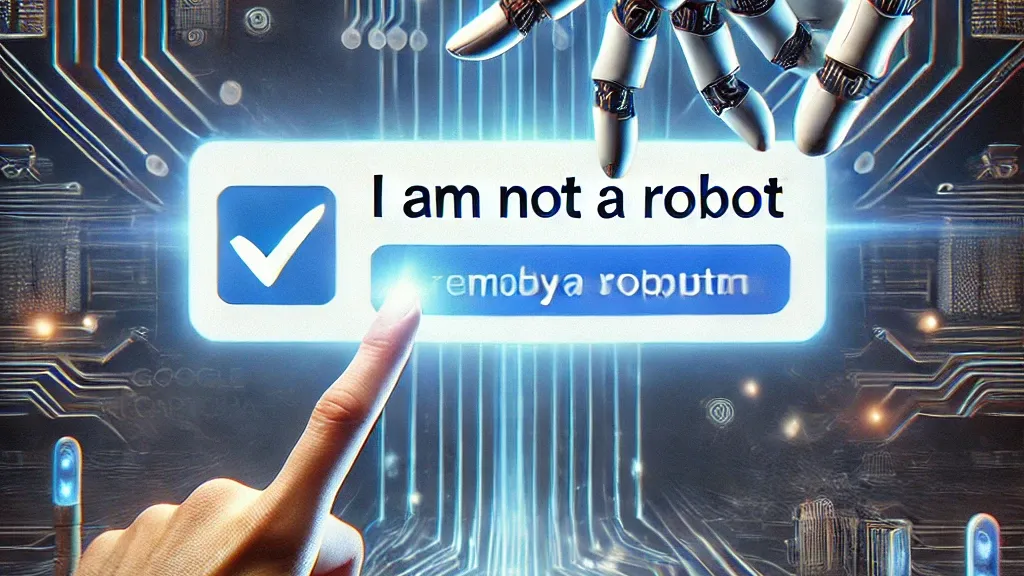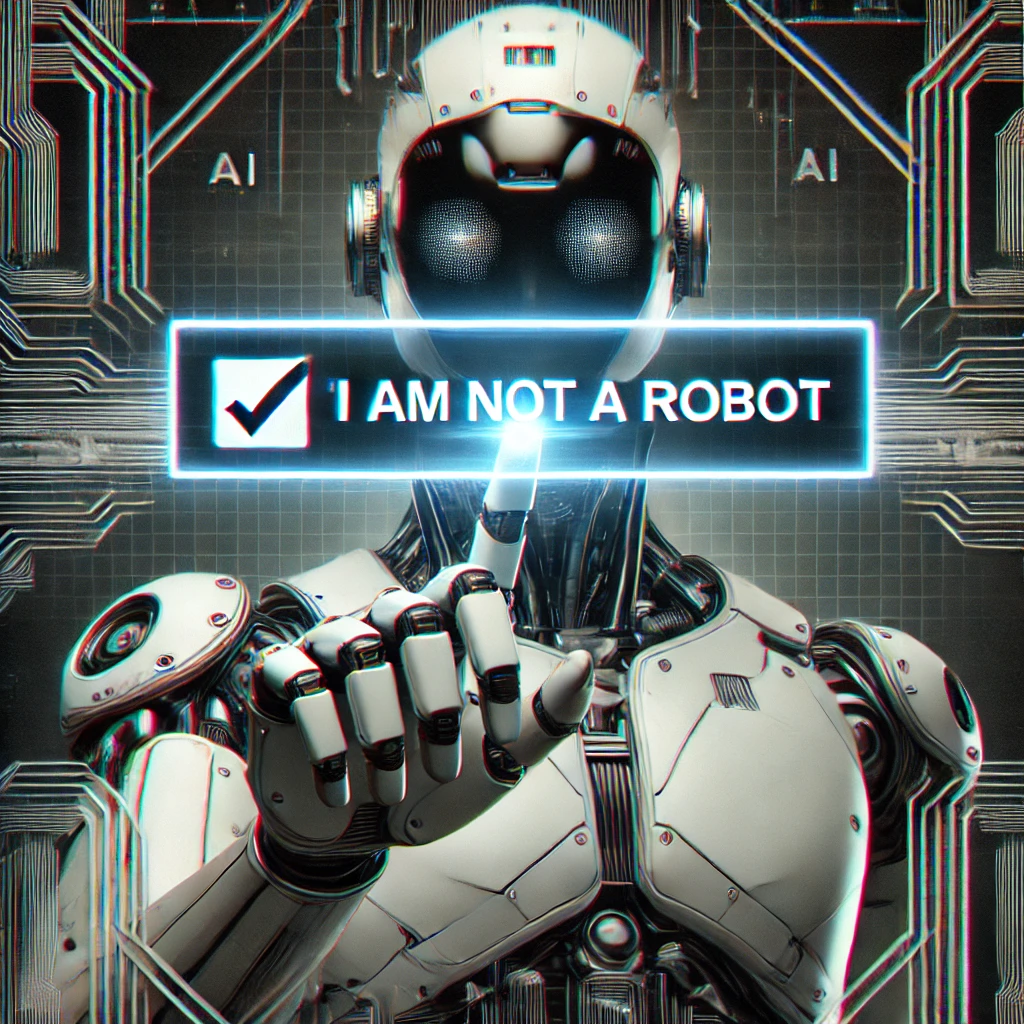
-

-
16 January 2025
The Evolution and Challenges of Google CAPTCHA in the Age of AI
Introduction
Google’s CAPTCHA, short for “Completely Automated Public Turing test to tell Computers and Humans Apart,” has been a cornerstone of online security for years. Designed to differentiate real users from bots, it’s an essential tool for protecting websites from spam, abuse, and automated attacks. However, as artificial intelligence (AI) evolves, so do the challenges associated with CAPTCHA systems. This article explores the history, effectiveness, and vulnerabilities of Google CAPTCHA in today’s AI-driven world.
The History of Google CAPTCHA
CAPTCHA originated in the early 2000s as a response to growing online abuse. Google acquired reCAPTCHA in 2009 and has since developed several iterations:-
1. Classic CAPTCHA: Users were asked to type distorted text, a task challenging for early bots but manageable for humans.
2. Image-Based CAPTCHA: Users identified objects in images (e.g., “Select all traffic lights”), leveraging human visual processing skills.
3. Invisible reCAPTCHA: Introduced in 2017, this version reduced user friction by analyzing behavioral patterns instead of requiring direct interaction.
Strengths of Google CAPTCHA
-
1. Wide Adoption: With millions of websites relying on it, Google CAPTCHA has become a trusted layer of security.
2. User Experience Improvements: The transition to invisible CAPTCHA significantly reduced user frustration by operating silently in the background.
3. Dynamic Adaptability: Google CAPTCHA evolves continuously, integrating machine learning to adapt to new bot tactics.
The Growing Challenges
Despite its strengths, Google CAPTCHA faces mounting challenges as AI becomes more sophisticated:-
1. AI-Driven CAPTCHA Solvers: Modern AI systems, powered by advanced machine learning, can now solve many CAPTCHA challenges with near-human accuracy.
2. User Frustration: Tasks like identifying obscure objects in blurry images are often confusing for legitimate users, leading to poor user experiences.
3. Accessibility Issues: CAPTCHA tasks can be difficult for users with disabilities, limiting inclusivity.
4. Overhead for Websites: Implementing CAPTCHA can sometimes slow down website performance or disrupt seamless user interactions.
AI vs. CAPTCHA: The Arms Race
As AI advances, CAPTCHA developers face a daunting task—creating tests that are challenging for bots yet easy for humans. Key developments in this arms race include:-
1. AI-Powered Bots: Generative AI models like GPT and advanced vision systems can mimic human behavior, rendering traditional CAPTCHAs ineffective.
2. Behavioral Analysis: CAPTCHA systems increasingly rely on behavioral data, such as mouse movements and time spent on tasks, to detect bots. However, AI bots can simulate human-like behaviors with growing precision.
3. Ethical Concerns: Striking a balance between security and user privacy is critical. Over-reliance on behavioral data raises concerns about data misuse and tracking.
The Future of CAPTCHA
To stay relevant, CAPTCHA systems must innovate:-
1. Advanced AI Detection: New approaches will rely on analyzing cognitive processes and nuanced human behaviors that are difficult for AI to replicate.
2. Multifactor Authentication: Combining CAPTCHA with other security measures, such as biometric verification, could enhance effectiveness.
3. User-Centric Design: Future CAPTCHA systems must prioritize accessibility and seamless user experiences while maintaining robust security.
The CyberSiARA Solution
As CAPTCHA struggles to keep pace with AI, innovative solutions like CyberSiARA are stepping in. CyberSiARA offers a revolutionary approach to bot detection:-
1. Trans-Saccadic Memory Challenge: Imperceptible to bots but natural for humans, this method leverages human cognitive abilities to distinguish between real users and AI.
2. AI as a First Layer: By using AI to pre-screen traffic, CyberSiARA ensures that only suspicious cases require further scrutiny.
3. Scalable and Cloud-Based: Designed to adapt to businesses of all sizes, CyberSiARA provides a frictionless and secure experience for users.


